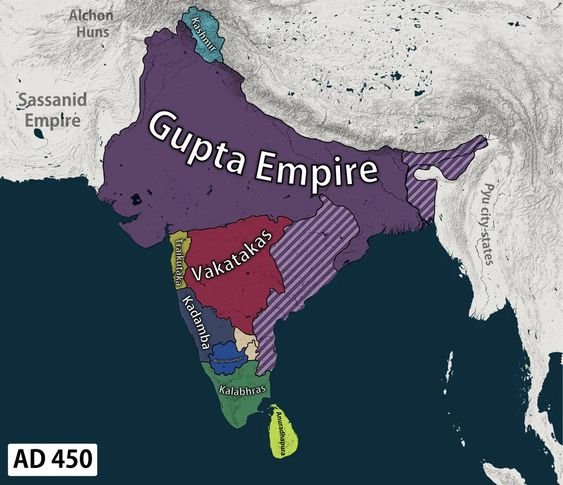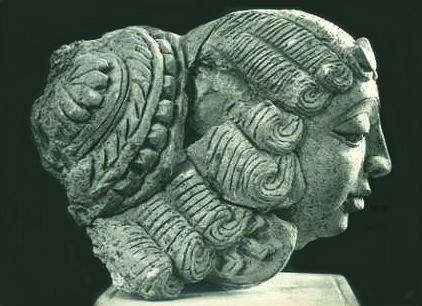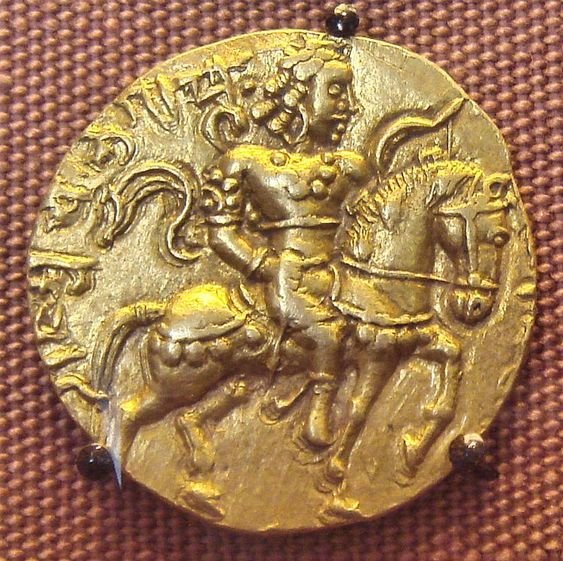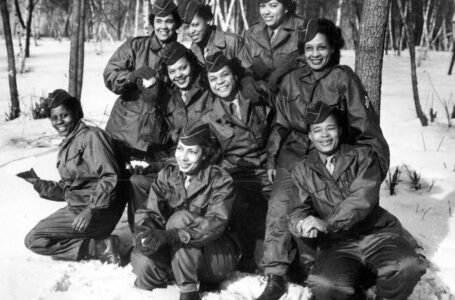POSHAK: GUPTA DYNASTY CLOTHING

CLOTHING OF THE CLASSICAL GOLDEN INDIAN ERA : GUPTA DYNASTY
Let’s start with a fact today – Chess is believed to have originated in Eastern India, C.280-550 CE. In the Gupta Empire.

Gupta Dynasty was founded in the beginning of the 4th Century to the late 6th Century CE after the collapse of the Kushana empire. The Gupta period was also known as the Golden period and ‘Classical period’, as an extraordinary balance was found in the arts and administration system. Many Historians observed the Gupta period as the classical age of India, as at that time Indian Art, Literature, Architecture, and Philosophy were established. In this Era, Sanskrit became an official language. Shakuntala, Malavikaagnimitra, Ramayan and Mahabharat are a vital part of the period. There are three basic needs of human being one of them is clothing besides food and shelter. This basic necessity gradually becomes the most important part of cultural uniqueness. Guptas had a rich interest in Art, culture, and extravagant lifestyle. We can observe various writings, texts scriptures, Carvings, and rich fashion, of that empire.

The Gupta’s adopted the form of dress that became traditionally identified with royalty. Some clothes to be worn on informal occasions are Antariya, Uttariya & Kayabandh. In Northern India, the great emphasis was on stitched garments as per the convenience of climatic conditions but in south India, as it is quite outward today, the originally ingrown Antariya, Uttariya, and kayabandh held their own. The king’s costume was often of striped blue, closely woven silk with a moving Uttariya. In Men’s costume, it was calmer to trace influence because it came from traders and invaders. When it comes to female costumes, however, the variation is much superior and hence it is harder to point out particular sources. The Antariya which was 18-36 inches wide and 4-8 yards long, was worn in Kachcha style as worn as lehenga. Some other form of Antariya was worn in lehenga and kachcha style both together, which was usually a very short Antariya till the mid-thigh, called as calanika; was wrapped around like a short lehenga.Also, it was occasionally worn like the Indonesian sarong as wrapped around fashion from under the armpits or mid-thigh. Bhairinivasini, the skirt had evolved from Antairya when stitched on one side and held by the girdle. Jain and Buddhist nuns are the first to use the Bharinivasini, an arouse from the idea that women’s body is pure and must be covered, the kachcha style lehenga style is considered seductive because the skirt is pulled tight across the hips. Ghagra is an evolved skirt from Bharinivasini which is held with a drawstring.

The original hair style showed itself in long hair worn in a bun, tied at the side of the head, either high or low on the neck, or with the spiral looped on the left, on the top of the head. A Ratna jaal or jeweled net, or one of the pearls called Mukta jala was worn over the bun. Tiaras were often used in short or long hair. In Men, the turban was replaced with a tiara or crown with a band with garlands. In the royal support, high officials wore the turbans like the chamberlain, ministers, and military officials. Some ministers are there known as Brahmins who removed their hairs from the head keeping on the ritual to knots. The jewelry was for both men and women beautifully made, attained a new fragility after beaten work, filigree work, and twisted wire was skilfully combined with jewels, especially pearls. For necklaces, silk and ribbons were used. Kundala were of two types both circular. Finger rings were in common use. Well-known anklets of their times are Kinikini and Nupura.

The finest textiles were available, printed, painted, dyed, and richly patterned in the weaves or embroidery in the Gupta Empire. Dyeing too was very sophisticated and the diagonal stripes were widespread, in places merged soft and dark tones into each other.

A Perception of what is known as “Fashion” appeared in court life. And tends to change much faster than everyday life and also forms the course of history, as its aim is purely ornamental, whereas practical changes in clothes have a thorough logically which can be outlined more clearly to climatic consideration, social environment and availability of material, etc.



